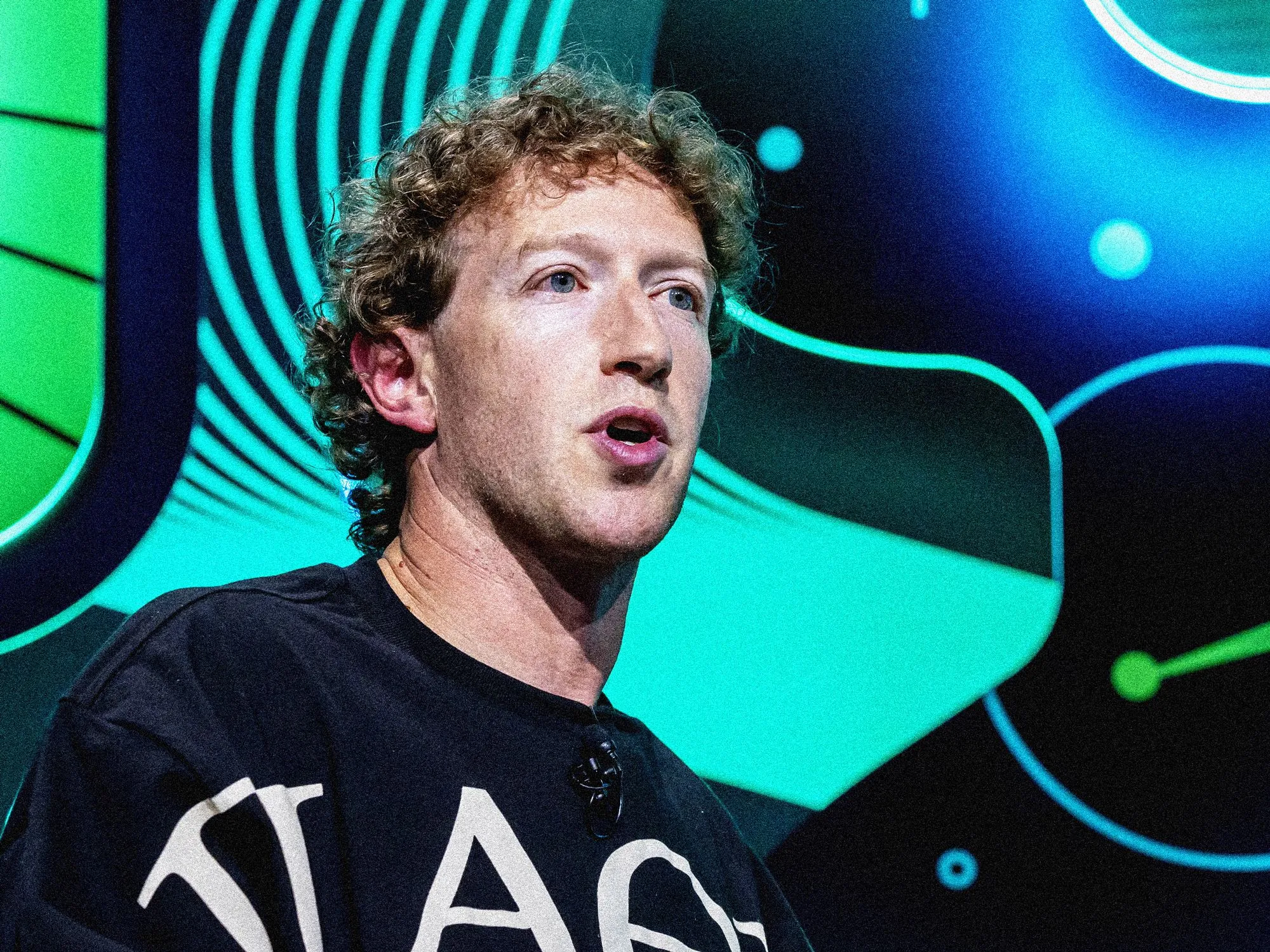

Meta “Start Charging”? How Much Will Instagram & Facebook Users Have to Pay to Remove Ads?
Mark Zuckerberg’s Meta, the parent company of Instagram and Facebook, is making waves with its latest proposal: a paid subscription model for ad-free browsing. If approved, this could be one of the biggest shifts in social media history, fundamentally altering how users engage with two of the world’s most popular platforms.
According to reports, Meta is planning to charge nearly $14 per month for an ad-free Instagram experience on mobile. Those who want to enjoy both Instagram and Facebook without ads on desktop will have to shell out approximately $17 per month. This move could change how social media is monetized, as advertising has traditionally been the primary revenue stream for free-to-use platforms.
Why Is Meta Introducing Paid Subscriptions?
This radical move is Meta’s response to strict European Union privacy laws that require companies to obtain explicit user consent before collecting data for targeted advertising. Since Meta generates a massive portion of its revenue from personalized ads, it is now exploring new ways to stay compliant while maintaining profitability.
In discussions with privacy regulators in Ireland and competition authorities in Brussels, Meta unveiled its new initiative, known as “SNA” (Subscription No Ads). This plan offers European users two choices:
-
Continue using Instagram and Facebook for free—but with targeted ads based on user data.
-
Pay a monthly fee—and enjoy an ad-free social media experience with enhanced privacy.
Meta argues that this approach provides users with more control over their data while still giving them access to its platforms. However, critics argue that this could create a class divide in social media, where only those who can afford it can experience a cleaner, ad-free interface.

How Much Will Users Pay? The Pricing Breakdown
Meta’s proposed subscription pricing is structured as follows:
-
Desktop Users: Around €10 ($10.50) per month for one account and an additional €6 ($6.30) for each linked account.
-
Mobile Users: Around €13 ($14) per month due to Apple’s App Store and Google Play commissions on in-app payments.
These higher mobile rates are a result of tech giants taking a cut from in-app transactions, something that has been a long-standing controversy in digital marketplaces. Apple and Google charge commissions of up to 30% on all purchases made within their ecosystems, which is why mobile subscriptions tend to be more expensive than desktop-based alternatives.
Mark Zuckerberg’s Vision vs. Harsh Reality
For years, Mark Zuckerberg has championed the idea that social media should be free and accessible to all users, regardless of their financial background. However, stricter privacy laws in Europe are forcing Meta to rethink its business model.
Zuckerberg has previously argued that advertising-funded social media platforms allow billions of people to connect online without barriers. But with the European Union cracking down on user tracking and data collection, Meta now faces a dilemma: comply with privacy laws or risk losing billions in ad revenue.
This new subscription plan could set a precedent for how tech companies handle data privacy regulations in the future. If successful, other social media platforms may follow suit, leading to a fundamental shift in the industry.
Regulatory Hurdles: Will This Plan Get Approved?
While Meta has presented its SNA subscription model to regulators, there are concerns about affordability. Some officials believe the pricing may be too high, potentially limiting access for lower-income users and creating a paywall for an ad-free experience.
European regulators are particularly wary of Big Tech companies introducing paid models that could favor wealthier users while forcing others to accept intrusive advertising practices. This raises an important ethical question:
Should privacy be a right, or should it come at a price?
If regulators determine that Meta’s subscription fees are too expensive, they may block or request modifications to the plan. However, Meta is arguing that this gives users more choices, allowing them to opt out of data tracking—something that many privacy advocates have been demanding for years.
Will the U.S. Get an Ad-Free Subscription Option?
For now, this plan is strictly limited to Europe. U.S. users are not expected to see a similar ad-free subscription option anytime soon. However, depending on how this experiment unfolds, Meta could expand this model to other regions in the future.
In the U.S., Meta has faced growing scrutiny over data privacy, but there are currently no laws as strict as the EU’s General Data Protection Regulation (GDPR). This means that, for now, American users will likely continue using Facebook and Instagram with targeted ads—unless regulatory changes force a similar shift.
The Future of Social Media: A Pay-to-Play Model?

If Meta’s subscription-based social media model succeeds, it could mark the beginning of a major transformation in the digital advertising landscape. More platforms may start offering premium, ad-free experiences—but at a cost.
This move could also influence how other social media giants, like TikTok, X (formerly Twitter), and Snapchat, approach user data privacy and advertising revenue models. If consumers are willing to pay for ad-free experiences, we may soon see an industry-wide shift towards tiered access, where premium users get a smoother, more private browsing experience while free users continue to be targeted with ads.
User Reactions: A Divided Audience
The response to this announcement has been mixed. While some users appreciate the option to remove ads, others argue that Meta is essentially charging for privacy, which should be a basic digital right.
Social media platforms have long operated under the “free service” model, where users “pay” by giving up their data. Now, with increasing concerns over digital privacy, people are questioning whether they should have to pay out of pocket to protect their personal information.
Would You Pay for an Ad-Free Instagram or Facebook?
As Meta prepares to roll out this controversial plan, the future of social media hangs in the balance. If users embrace paid subscriptions, it could redefine how we interact with digital platforms.
Would you pay for an ad-free Instagram or Facebook? Or do you believe social media should always remain free and accessible?
Let us know in the comments!


















